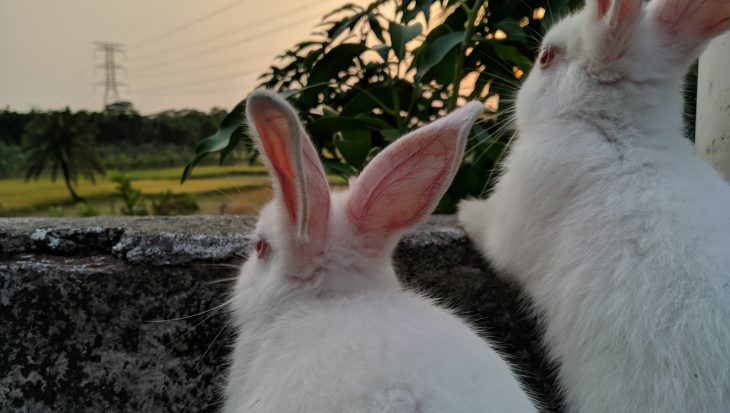Shooting magazines are not happy with Animal Aid’s new revelations about the ‘greed and excess’ that characterise the pheasant shooting industry (see our Special Report). They’re also troubled by a series of Parliamentary Questions about their ‘sport’ that have been asked by Lib Dem MP Norman Baker. The following extract from a piece by The Guardian’s food editor wouldn’t have pleased them either.
Fowl play
Guardian, Friday October 5, 2001
Pheasant shooting is now so popular that millions of birds are bred for sport. As the new season gets under way, Matthew Fort regrets the rise of tasteless ‘battery’ birds.
The pheasant is the classic case of a downwardly mobile game bird, in every sense. Indeed, with 36m of them being raised each year to provide cannon fodder for the shooting industry, according to Animal Aid statistics, it’s increasingly hard to call them game at all.
They may not quite suffer the indignities of their broiler chicken cousins, but the conditions in which they are raised are a far cry from the days when they ranked alongside the noble grouse and the succulent partidge as a sporting trophy and gourmet delight. Now they are penned up, partially debeaked, routinely dosed with drugs such as the broad-spectrum antibiotic oxytetracycline and the carcinogen dimetridazole, which is banned in the EU except for use in game birds – and then shot. Shooting today is, as food writer Joanna Blythman put it, no more than ‘grubby agribusiness dressed up in Edwardian elegance’.
Actually, Blythman may be being generous with the word ‘elegance’. There is little that is stylish about today’s shooting parties. With many agricultural estates struggling to survive, shooting has become an essential form of diversification. Many a landowner is grateful to the annual posses of would-be Davy Crocketts, who pay between £500 and £2,000 for a day’s shooting. The fact that most of the birds are about as wild as the average budgie, and some are so overweight that they have difficulty getting off the ground, matters not one wit. Results in the form of body counts are critical – productivity by another name.
The trouble is that many of the corpses remain uneaten. Each gun is allocated a brace of birds as part of the day’s entertainment, in much the same way that children get a present bag at the end of a birthday party. For the rest, shoots reportedly can’t even give the birds away. Pro-shoot authorities have stated that a number of them are simply buried.
‘It seems bonkers that a bird that has cost £10 to produce, and which someone has paid £25 to shoot, should suddenly be worth nothing,’ says Stephen Lewis, a keen sportsman.
The pheasant may have become irretrievably déclassé for sporting purposes, but it has never won the regular place on the nation’s tables that its mass production would seem to warrant. Like some bankrupt old aristo in moth-eaten ermine and velvet, the pheasant hangs on to a certain threadbare cachet that prevents it from featuring frequently in our democratic supermarket trolleys.
Action

